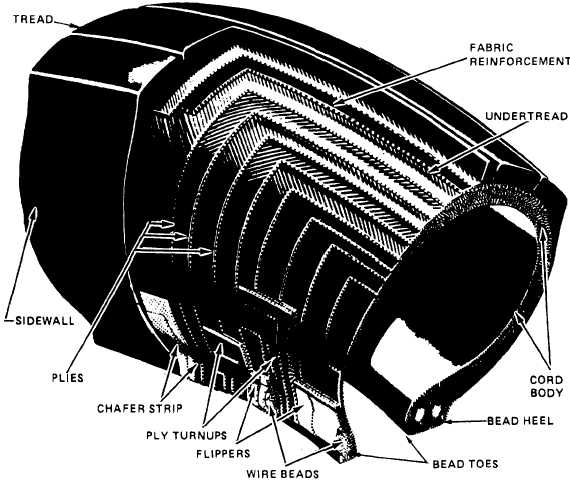Figure 11-10.–Sectional view of aircraft tire showing construction details.
The sidewall is an outer layer of rubber adjoining
the tread and extending to the beads. Like the tread, it
protects the cord body from abrasion, cuts, bruises,
and moisture.
The beads are multiple strands of high-tensile
strength steel wire imbedded in robber and wrapped
in strips of open weave fabric. The beads hold the tire
firmly on the rims and serve as an anchor for the
fabric plies that are turned up around the bead wires.
The chafing strips are one or more plies of
rubber-impregnated woven fabric wrapped around the
outside of the beads. They provide additional rigidity
to the bead and prevent the metal wheel rim from
chafing the tire. Tubeless tires have an additional ply
of rubber over the chafing strips to function as an air
seal.
The breakers are one or more plies of cord or
woven fabric impregnated with rubber. They are used
between the tread rubber and the cord body to provide
extra reinforcement to prevent bruise damage
tire. Breakers are not part of the cord body.
Tread Patterns
to the
There are three tread patterns or tread designs
used on naval aircraft. They are plain, ribbed, and
nonskid. A plain tread has a smooth, uninterrupted
surface. A ribbed tread has three or more continuous
circumferential ribs separated by grooves. A nonskid
tread is any grooved or ribbed tread. Other tread
designs may be provided under specific circum-
stances or as required by applicable MS standards or
drawing.
The most common
aircraft is the ribbed pattern.
Tread Construction
design used on naval
The tread construction will usually be one of four
types. Other tread types may be necessary for
11-11



